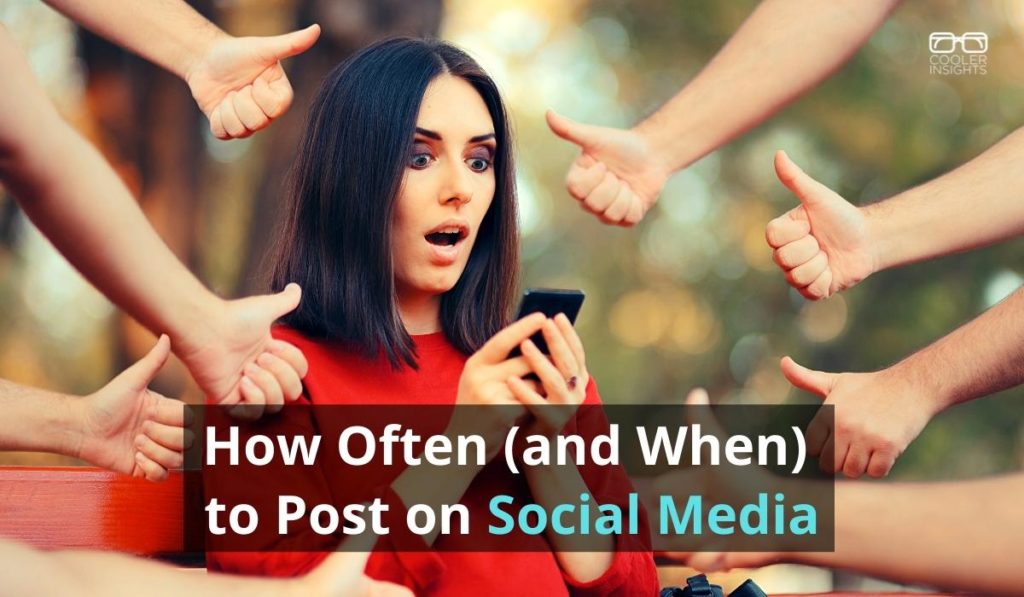
What is the best social media post frequency for Facebook, Instagram, LinkedIn, TikTok and X (Twitter)? How often should you post on social media—multiple times per day, daily, or just once a week?
Is there a preferred time for you to post on social media—mornings, afternoons, nights? What about weekdays vs weekends?
The answer—as you’d probably guess—is that it depends.
Because there are so many factors involved in determining the best frequency and timing of posts, I decided to craft a comprehensive article on the best practices in social media post frequency and timings.
In this article, you will learn all about the art and science of social media posts:
- How algorithms on Facebook, Instagram, LinkedIn, Twitter, TikTok and YouTube work
- How different content formats influence post frequency
- How often should you post on social media
- The best timings to post on social media
- The value of social media engagement
- Free tools you can use to schedule your social media posts
Let’s go!
#1 How Social Media Algorithms Work

To determine the preferred frequency of your social media posts, you need to know how the algorithms on social media platforms work.
Here, we’re talking about the way social networks like Facebook, Instagram, TikTok, LinkedIn, Twitter, and YouTube prioritize the order of posts, stories, or videos on their user’s newsfeeds.
Back in the old days, social media platforms will show you posts in a reverse chronological order, ie newest posts first followed by the older posts.
These days, however, the order in which you see posts (stories, videos or reels) tends to depend on a mix of the following:
- Relationship: How close you are to the account posting that photo, video or story—do you follow them, watch their video, or interact with their posts in the past?
- Recency: The recent engagements (reactions, comments, shares, clicks, video view duration) on that post—viral posts or reels tend to get massive amounts of engagements early in the game.
- Relevance: How relevant that content is to your interests and behaviours. This is determined by what you searched for, the brands/industries you engaged with, as well as the posts/stories/videos that you watched the longest.
- User Behaviours: Do you prefer to click on links to view an article, watch a video, interact with an infographic, or read text posts?
- Following: What are the accounts that you follow? For example, if you subscribe to cooking channels on YouTube, you’re more likely to see other cooking videos on your feed!
- Ad Targeting: For paid ads, the sponsored posts or stories or videos you see on your feed (or in between videos) is dependent on how the algorithm targets users based on their demographics, interests, and behaviours.
You can read more about social media algorithms in my article on filter bubbles here.
#2 How Different Content Formats Affect Post Frequency

Beyond the impact of social media algorithms, you should consider your social media content format. There are 3-types of social media posts which you should think about:
- Ephemeral Content: These content formats have the shortest life-span. They include stories (Facebook and Instagram), TikTok videos, IG Reels, YouTube Shorts, or Tweets, and Instant Messages (IMs) on WhatsApp, WeChat, Telegram, Messenger, or other IM apps.
- Newsfeed/ Timeline Posts: These are the posts you see as you scroll through a brand or user’s timeline. Depending on the social network (ie Facebook, LinkedIn, Instagram, Twitter, TikTok or YouTube), they may last anywhere from a few hours to a few days (or even weeks) in lifespan.
- Evergreen SEO-friendly Content: These long-living content formats can be optimized for search keywords on Google. They include blog articles (either on your website or on LinkedIn), LinkedIn profiles and company pages, and videos on YouTube.
#3 How Often Should You Post on Social Media

So exactly how many times per day or week should you post on social media? Here are some guidelines to consider:
- Facebook: Twice a week (min) to daily posts. At least one Facebook story a day. One Facebook Live video a week would be awesome.
- Instagram: Thrice a week (min) to daily posts and reels. At least five to six IG stories a day. Try to go live on Instagram once a week.
- LinkedIn: Twice a week (min) to daily posts. Try to post a variety of formats on LinkedIn to test which works better.
- TikTok: Twice a week (min) up to one TikTok video a day during the growth stage. Algorithms have changed significantly in recent weeks.
- YouTube: One YouTube video a week, and at least 2 to 3 YouTube shorts a week.
- X (Twitter): Multiple times a day spread across different hours (morning, noon, evening, night)—focus on both tweeting your own content and retweeting other people’s content
While the above guidelines may help you to better plan and schedule your social media content, it is more important to consider the quality of your content.
A high quality piece of content (preferably a video) that addresses your audience’s pain points is better than simply resharing random posts which caught your attention. I have evergreen videos on TikTok that continue to generate significant video views even 18 months after it is posted. (See screenshot below.)

#4 The Best Timings to Post on Social Media

Getting the right frequency is one thing. When is the best time for you to post online?
Once again, this varies, but you can use the following as a rough guide:
- Facebook: Weekday evenings 8 pm to 10 pm work best—try to post an hour before your peak audience arrives
- Instagram: Anytime from morning to night seems to work, but focus on your users’ travel times—morning before school, lunchtime, afternoon, and evening
- LinkedIn: Weekday mornings from 8 am to 10 am—especially on Tuesdays to Thursdays
- TikTok: Similarly, I see a peak in the afternoons (12 nn to 3 pm) and another in the evenings (8 pm to 10 pm)
- YouTube: No hard and fast rule here, but nights (eg 8 pm to 10 pm) may work better since YouTube substitutes as prime-time TV for some users
- X (Twitter): Virtually all times of the day, except when your users are asleep!
For most of the socials, you can find a “best time to post” indication in there. This may look different for different social networks. For instance, on Meta Content Planner, they will indicate the timings when your followers are most active.
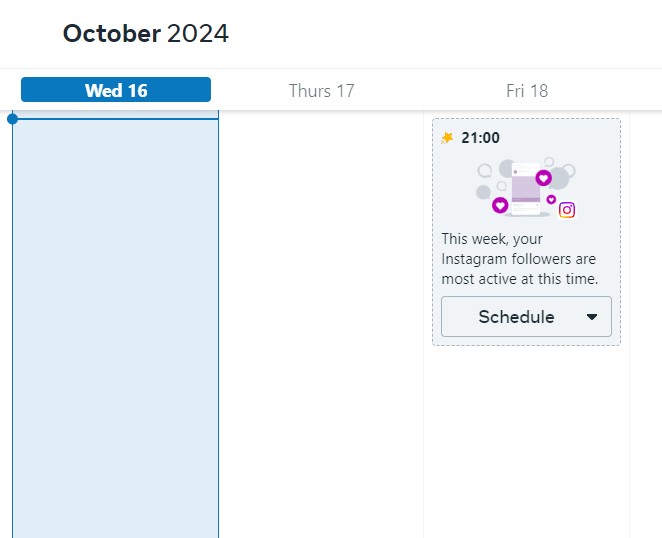
You can also go to “Insights” in Meta Business Suite to find out. Note that the timings is in PST, so you need to convert to your local time zone.

#5 Why You Should Engage with Others on Social Media

Knowing how often to post and when to post is one thing. What’s more important is to engage proactively with other users on social media.
Here’s why.
When you react, comment, share or click on a user’s post, that user will see your brand in action. They will be delighted to know that you have expressed interest in their content, and will want to check out your brand’s profiles.
Should you decide to comment, do ensure that you contribute relevant, insightful and helpful comments. Do not merely comment the same thing on each person’s posts, and avoid using AI Chatbots to generate your comment.
Depending on what they see on your timeline, they may return the favour by reacting, commenting or sharing your posts. Some of these users may even decide to follow your account or like your page.
All of these actions helps you to organically grow your social media following and attract an audience. It may also help you to build brand trust with these users, especially if your content is relevant and useful for their specific needs.
#6 Tools You Can Use to Manage Your Social Media Calendar
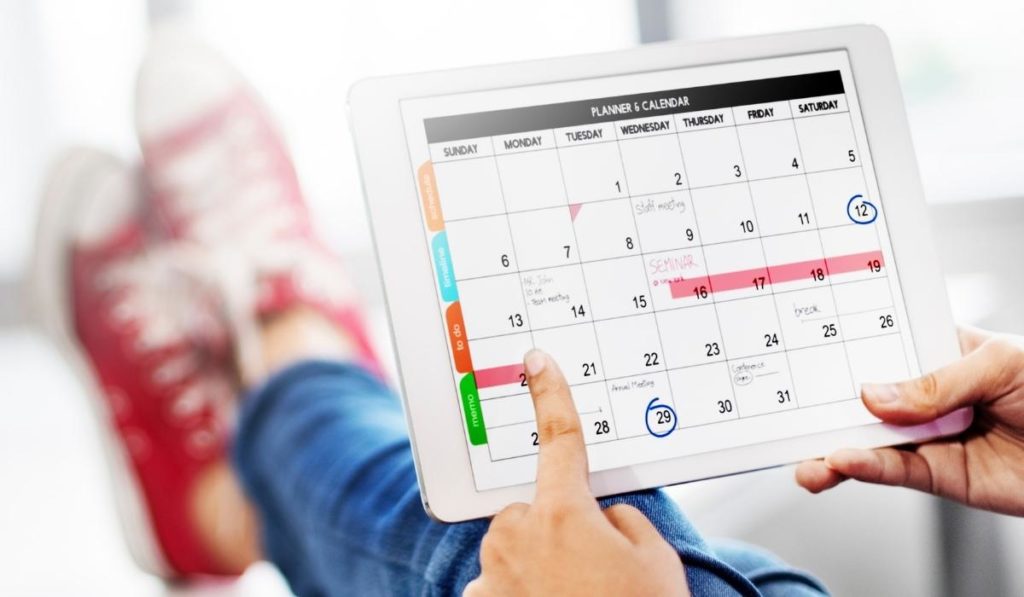
Having trouble managing your multiple posts, stories and videos across multiple channels?
Consider using a social media scheduling tool.
Native Social Media Management Tools
If you are considering how to better schedule your posts on Facebook and Instagram, consider using Meta Business Suite directly on the platform itself.
Tap on the “Planner” section or you can directly choose which content types you want to post.

If you are on LinkedIn, you can easily use the clock 🕜 icon to schedule your content accordingly.
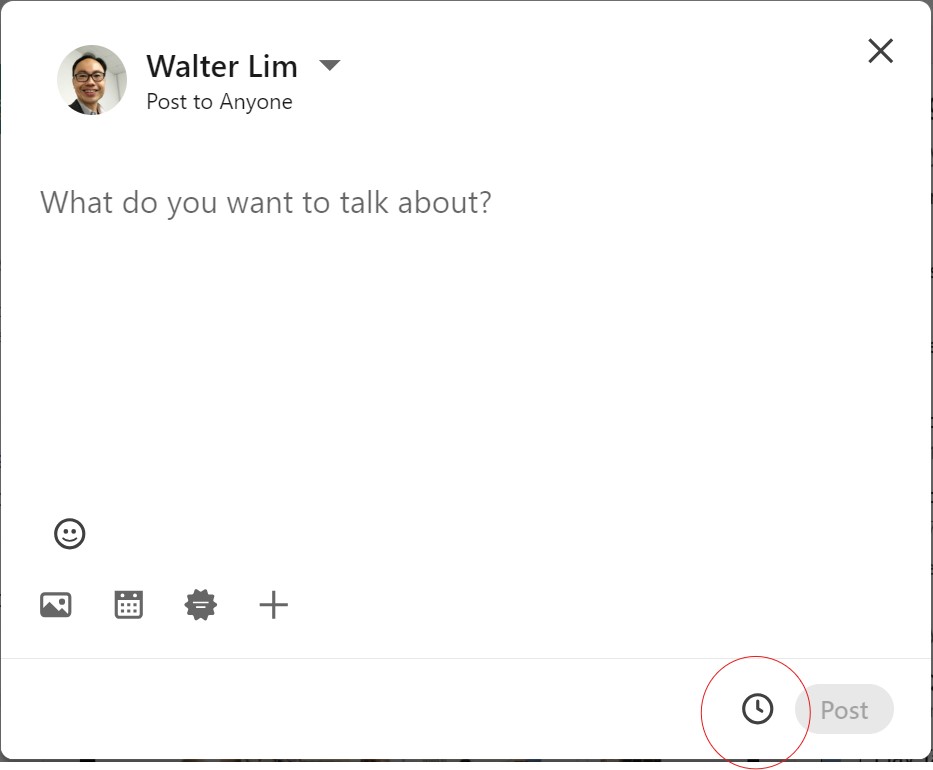
Similar functions are available on X (Twitter). as well as TikTok. However, the video scheduler for TikTok is only available on the desktop version (see below).
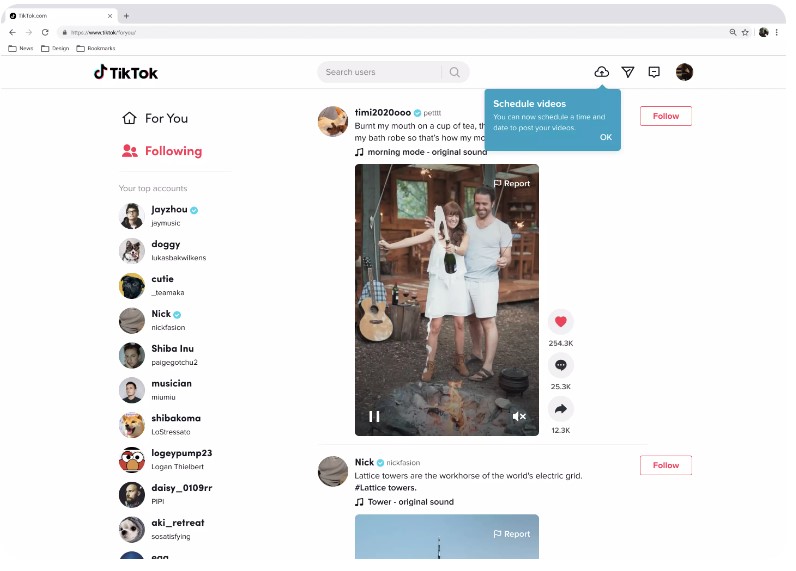
Third-party Social Media Management Tools
For users who need to post content across multiple social networks beyond Facebook and Instagram, consider using social media scheduling tools like Later, Postcron, Buffer, Hootsuite, Tweetdeck, and Post Planner.
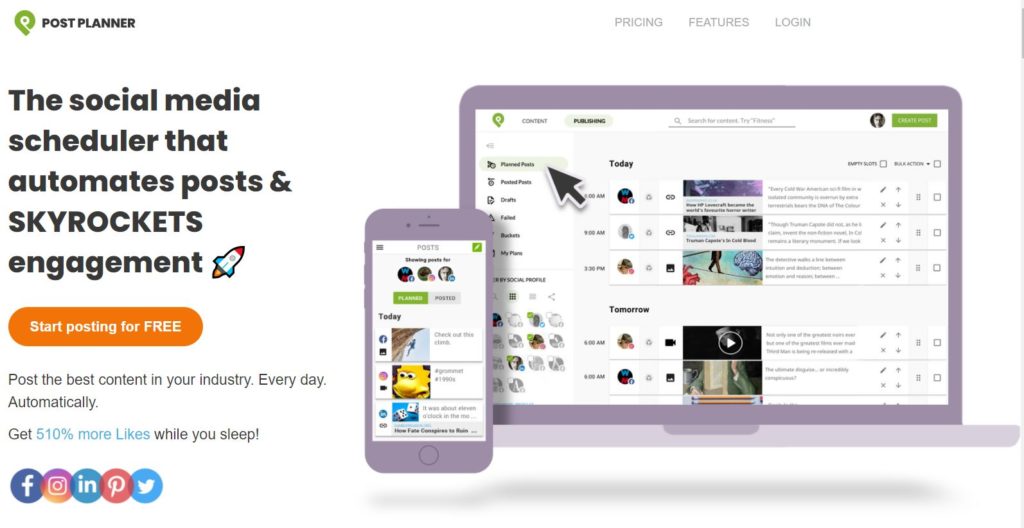
All of these social media management tools come with a free (albeit limited) option for you to try first. Most allow you to post across multiple social networks, including Facebook, Instagram, LinkedIn, TikTok, Twitter, and Pinterest.
These tools help you to effectively manage your social media calendar, giving you more time and flexibility in how you manage your social media posts.
Final Words—Do Your Own Testing and Evaluation!
Now that you’ve read all about the best practices in social media post frequency, timings, and engagement, you’re probably wondering how you can manage all of these.
My advice is to start slow and gradually build up your social media content cadence.
While it is important to post consistently and to engage regularly with your audience, you need to consider if you can sustain your content efforts. Many social media gurus recommend that you post everyday (including Sunday), but is this feasible given your current resources? It is better to have fewer high quality posts and videos, than multiple mediocre ones.
You should also monitor your social media performance metrics—reactions, comments, shares, clicks, leads and sales—to determine the best frequency and timings for your posts. This requires you to constantly test and measure which approach works best.
What is your greatest challenge in coming up with social media post content? I’d love to know!
More in My Social Media Marketing Course
Wish to learn the details of how you do the above, and a whole lot more? Sign up for my social media marketing course.
Learn a 6-step process for social media marketing campaigns in a rigorous two-day training course which will bring your social media efforts to life.
